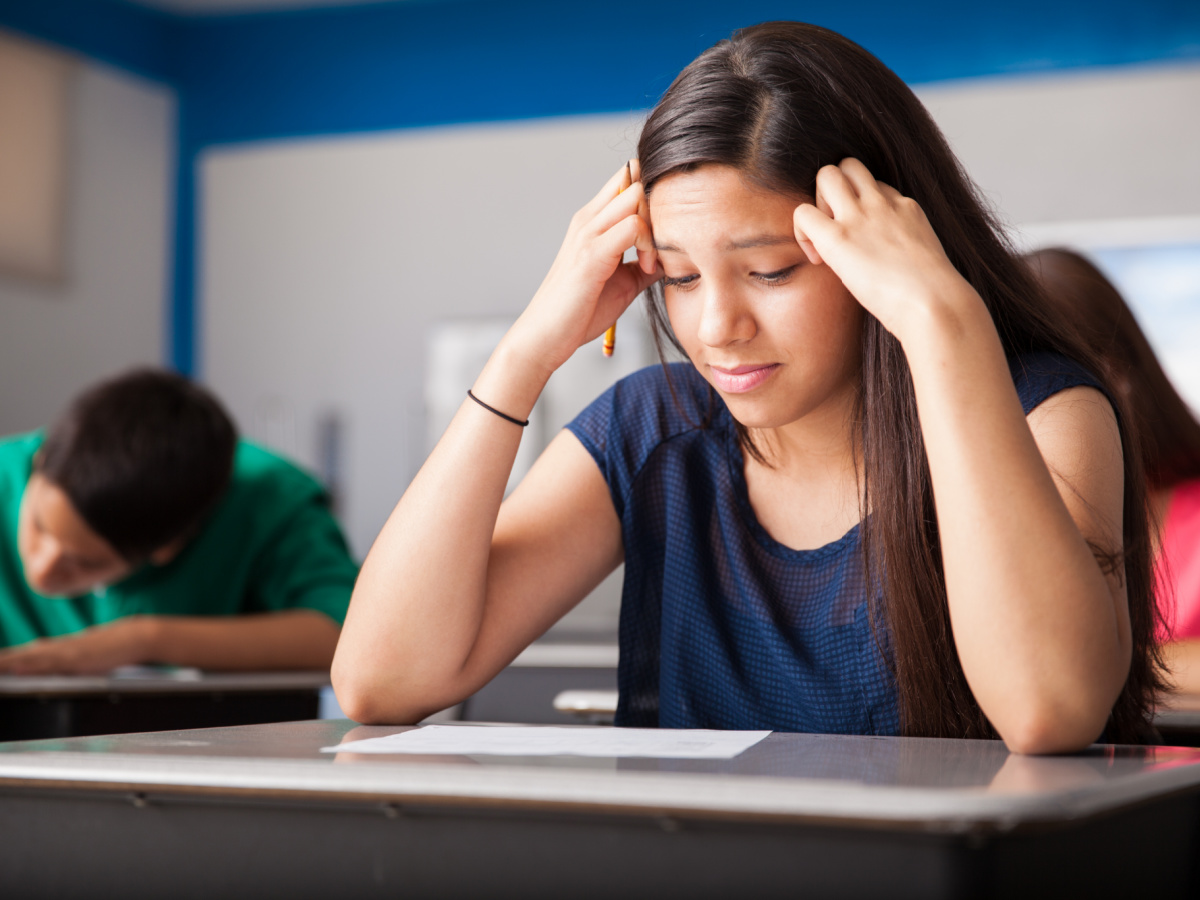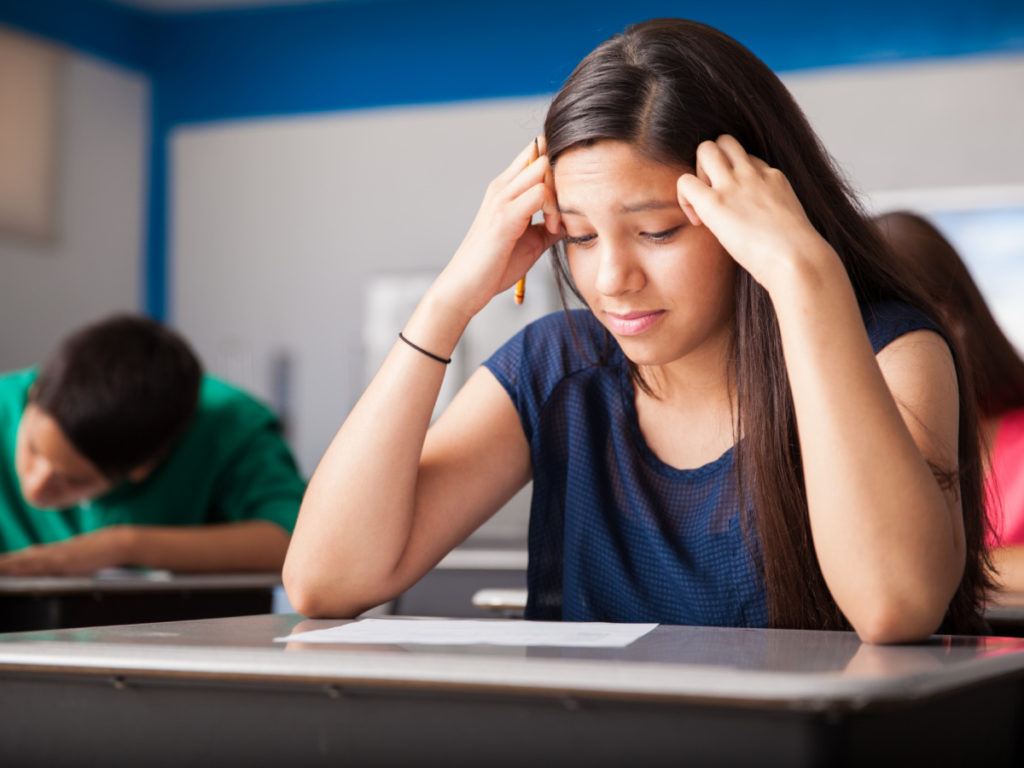Are you worried about your children falling behind academically during the pandemic? At the moment that I’m writing this blog post, it feels like we are at a turning point: the local public health situation is in crisis, yet we are close to having access to a vaccine. Meanwhile, this week my kids are taking mid-year progress tests at school, and I find myself wondering how they may have fallen behind, or what gaps may have formed in their knowledge, since they were last on campus on March 6, 2020. I’m optimistic that the 2021–22 school year will be more typical, with students and teachers able to learn together in classrooms at full capacity. In the meantime, what can our family do at home to fight COVID slide? The good news is that, over the past nine months, we have been collecting expert advice from teachers, school leaders, parents, and community members about how to keep students engaged with learning and in a good mental state for growth.
Early Learning
This year, school leaders are seeing drops in enrollment, especially among preschool and kindergarten grades. Parents of three-, four-, and five-year-olds say they’re worried about sending them to school because it’s hard for young children to follow rules about hygiene and social distancing, and they are afraid the school experience will have too much screen time and not enough personal interaction. Considering that so many young children are staying home, or may be experiencing school differently this year, what can families do to help young children keep learning and fight COVID slide?
For young children, if you can do one thing for them academically, teach them how to read. Mary Field and Katia Edrenkina of the International School of San Antonio teamed up with me for a webinar, and we worked together on this blog post. They strongly recommend using systematic phonics as a teaching method, and they have suggestions of low-cost and free resources. They explain how kids can make big progress with a consistent series of short lessons. Raya Belton of Stellar Students has tips for helping young readers practice sight words.
To help young children learn math skills while playing, we recommend several posts from our Charter a Voyage of Learning series of at-home learning activities. Anindita Gupta, a teacher at SST Northwest, created play-based activities for addition, subtraction, and measurement. Ambika Dani, founder of Promesa Academy, suggested games and brainteasers, as well as appreciating nature, to help children discover that math is all around us. Vicki Leach of Tutorsaurus Rex showed us how to practice math facts using a game of Oh Snap!
These at-home learning activities show that early learning can be fun and playful, and can use simple materials that you may already have around the house. When parents spend time with their young children doing games or reading a book together, the kids are not necessarily aware that they’re learning—they are appreciating the love and security of being close.
College Readiness
Parents of teens are especially worried about how to fight COVID slide because time is short—oh, so short!—before their students will take big steps like taking the SAT or ACT and applying for college. The data show that this year more students are earning failing grades and fewer students are submitting financial aid applications. How can families help their teens—especially boys—find meaning and motivation for learning during the pandemic?
Letting kids ask questions is the key, according to Justin Johnston, Head of School at Anne Frank Inspire Academy. He wrote a blog post about inquiry-based learning and how families can apply it at home. There is a six-step process to add some structure as students identify an area that they’re interested in, learn more about it, and create a project to express how they feel about what they’ve explored.
Some pandemic pods are tackling projects as a way to make learning relevant and help teens maintain social contacts. My son knows a group of 8th–10th graders who are working on documentary short films about their pandemic experience. They are processing their feelings about the pandemic while building writing, photography, and video editing skills. For tips on how to start a project like this, see kids teaching a lesson to adults, a guest post by Mary Luehring, a teacher at SST San Antonio.
For when it’s time to spark a conversation about the future, Lisa Cunningham, Executive Director of the San Antonio Education Partnership, offered advice about helping teens to think about college and career readiness without feeling overwhelmed and shutting down.
Mental Health and Wellness
Before they can be ready to learn and fight COVID slide, children need to have their basic needs met, and they need to feel safe. For the past nine months, we have been gathering and sharing content on the blog to give parents tools to care for their own and their children’s mental health and wellness.
Sleep is fundamental for our well being and mental function, but the pandemic cleared away so many anchors in our lives. Emily Daniels and Lindsay Durham, counselors at The Institute for Couple and Family Enhancement, wrote a guest post with advice about sleep schedules and getting back on track. Raya Belton of Stellar Students has tips for helping students find time management strategies that work for them.
Emily and Lindsay also offered suggestions for digital parenting: using toys to help young kids talk about their feelings, and supporting teens as they use online tools to maintain friendships. Building a friend tree (like a family tree, but with friends) can help teens feel connected, as explained by Principal Jeff Flores and Academic Counselor Khalid Zakaria at Frank L. Madla Early College High School.
I’m still learning how to practice mindfulness—the practice of paying attention, without judgment, to the present moment. Deborah Haddock, a spiritual director and wellness coach, wrote a guest post about mindful parenting, with practices for peacefulness in the home. I’ve also been referring to my deck of yoga cards that I learned about from Paula Turner, Social-Emotional Learning Coordinator at Brooks Academies of Texas, in her post about mindfulness moments.
Teachers have been using art and stories to help their students learn social and emotional skills. We have published guest posts about grumpy pants (Jessica G. Rivera at KIPP Un Mundo Primary), making faces (Jennifer St. Pierre and Elizabeth Scott at SST Northwest), making memes (Amanda Maloney at SST Northwest), and storytelling with elders—especially fathers (Gary Boyd). These activities feel like play, but serve a role in sharing values and building character.
Learning to name and understand our emotions, and then finding ways to regulate and shift them, is a challenge for both adults and children, and is especially hard when we’re experiencing stress and isolation. Kristen Henry, an independent education consultant at KH Literacy Education, wrote two guest posts on this subject, with advice and resources. Here is part one and here is part two. Building social and emotional learning skills helps students prepare to fight COVID slide.
Assessing COVID Slide
We need to make sure our children feel safe, loved, and appreciated. But to prepare them for being independent adults who have good choices about going to college or choosing a career or the military, we need to know where they stand academically. Standardized testing can be a cause of stress, but once we set aside our fears, the report cards that come with STAAR test results can be a source of useful information. Nathan Balasubramanian, founder, CEO, and Superintendent of 7Cs Academy, worked with me on a post about how parents can use insights from standardized testing to improve our children’s learning. Going back to my daughter’s 2019 STAAR report cards in reading and math, I was able to look up her lexile and quantile scores, and find personalized resources like book recommendations and math problem sets.
It’s not clear whether STAAR testing will proceed as usual in 2021, or how the data would be used to evaluate schools (such as the A–F grades that we report in our charter school guide). Whenever the next set of data is available, it will provide valuable data for each student about how the pandemic affected their academic progress, and what schools and parents can do to help them catch up. When that time comes, schools should develop individualized plans to help each student close the gap. Families should use all of their options, including tutoring provided at school, private tutoring, or grant programs like Supplementary Special Education Services.
Our family has a lot to be thankful for this year in terms of our health and access to technology to stay connected. Nevertheless, I am still worried about ways in which I may be failing to prepare my kids for the future. We’re all just trying our best, and I am grateful to have access to information from contributors who have expertise how to help students learn effectively. Let’s keep a positive attitude and high expectations that the 2021–22 school year will provide opportunities to assess where our students are and start to get them caught up. In the meantime, we can help our own children—and support the families around us by sharing information—to use curiosity and self-motivation to fight COVID slide.
Charter Moms Chats
Watch Inga Cotton, Founder and Executive Director of San Antonio Charter Moms, talk about resources to help parents fight COVID slide, on Charter Moms Chats on Facebook and YouTube.
Read More About COVID Slide
- “Tips for Young Learners from Stellar Students,” Raya Belton, San Antonio Charter Moms, January 20, 2021
- “4 takeaways from KSAT’s ‘Parenting in a Pandemic’ livestream,” Alyssa Medina, KSAT, December 7, 2020
- “No student should be left behind due to COVID,” San Antonio Express-News, December 7, 2020
- “Lost Learning, Lost Students: COVID Slide Not as Steep as Predicted, NWEA Study Finds — But 1 in 4 Kids Was Missing from Fall Exams,” Beth Hawkins, 74 Million, December 1, 2020
- “TEA needs to cancel STAAR for this school year,” Gilbert Garcia, San Antonio Express-News, November 20, 2020
- “Some San Antonio superintendents support Rep. Bernal’s call to cancel STAAR again this year,” Brooke Crum, San Antonio Report, November 20, 2020
- “An easy learning game for kids from San Antonio Charter Moms: ‘Oh Snap!’ like flashcards on craft sticks,” Ingrid Wilgen, San Antonio Express-News, October 30, 2020
- “COVID Slide Is Not a Foregone Conclusion—4 Ways a Small Group of Schools Is Defying Predictions for Low-Income Students of Color,” Rob Waldron, 74 Million, September 20, 2020
- “How to Teach Your Child to Read,” San Antonio Charter Moms, August 20, 2020
- “To Test or Not to Test: Students Missed a Lot of Learning This Spring, but Experts Disagree on How—or Even Whether—to Measure ‘COVID Slide,'” Greg Toppo, 74 Million, August 9, 2020
- “Learning loss during COVID-19 shutdown adds to summer slide,” Hanna Guan, San Antonio Report, August 8, 2020
- “Back to School During a Pandemic: Parents Want Safe and Equitable Education,” Inga Cotton, San Antonio Charter Moms, June 16, 2020
- “How are districts going to address the COVID slide?,” San Antonio Express-News, April 18, 2020

